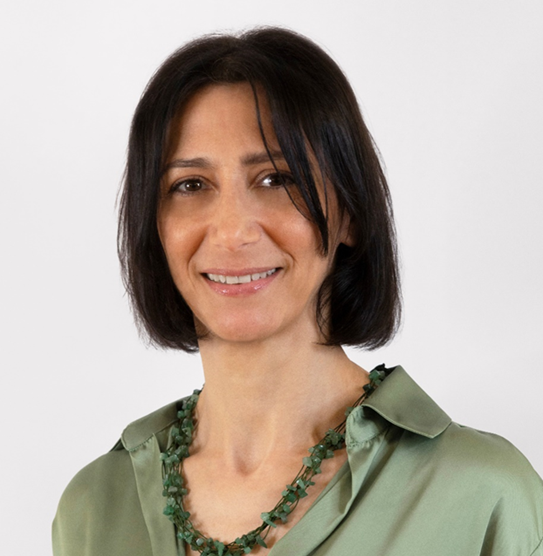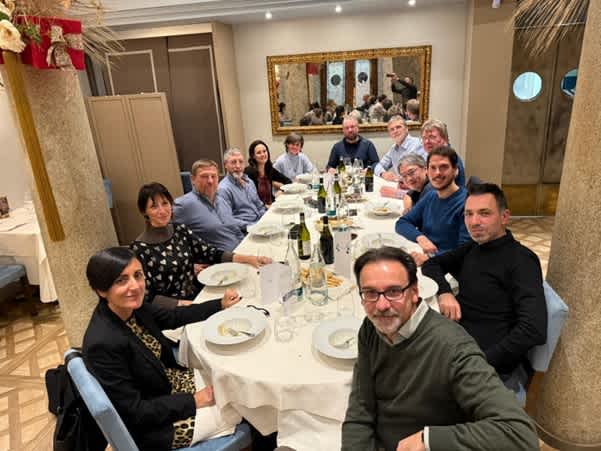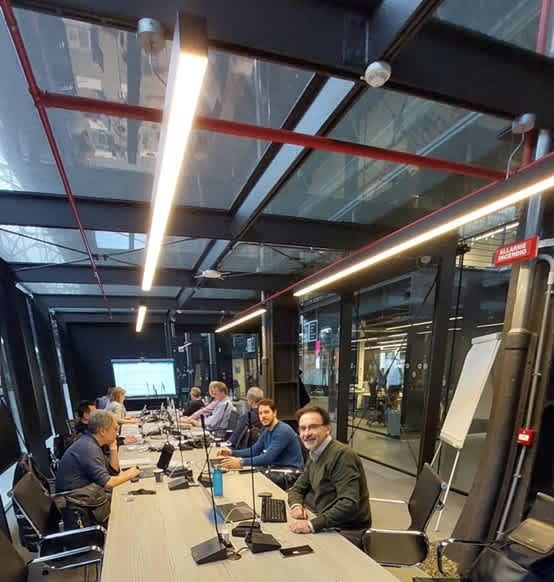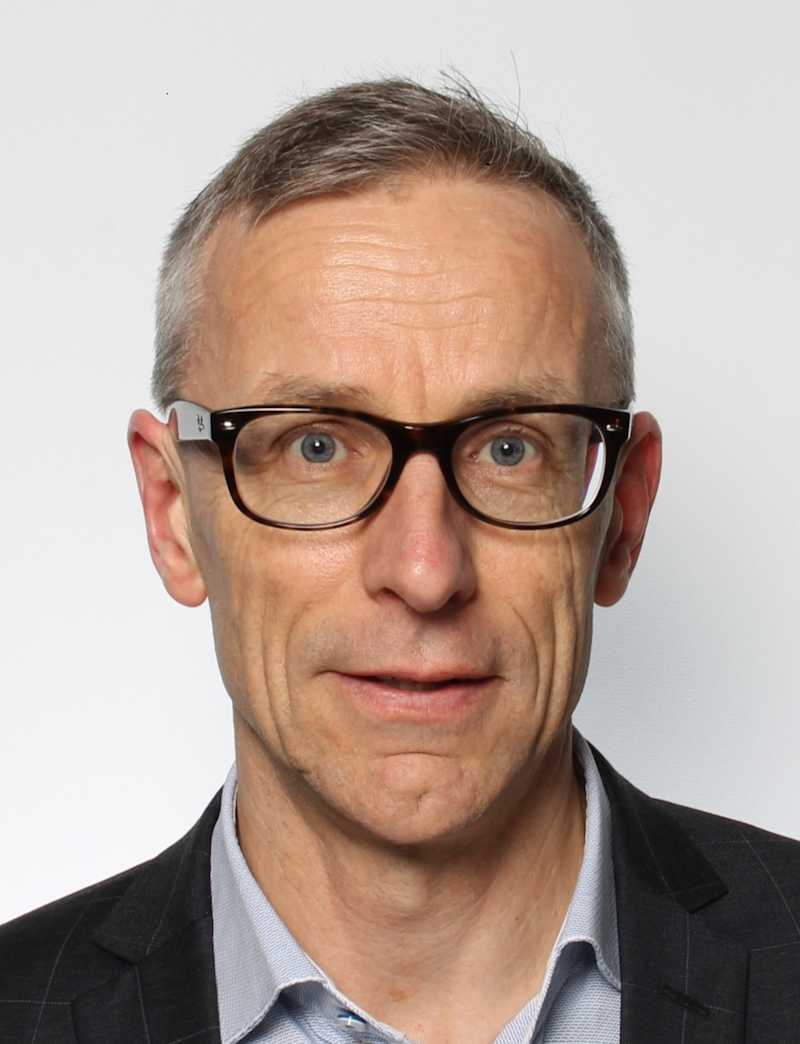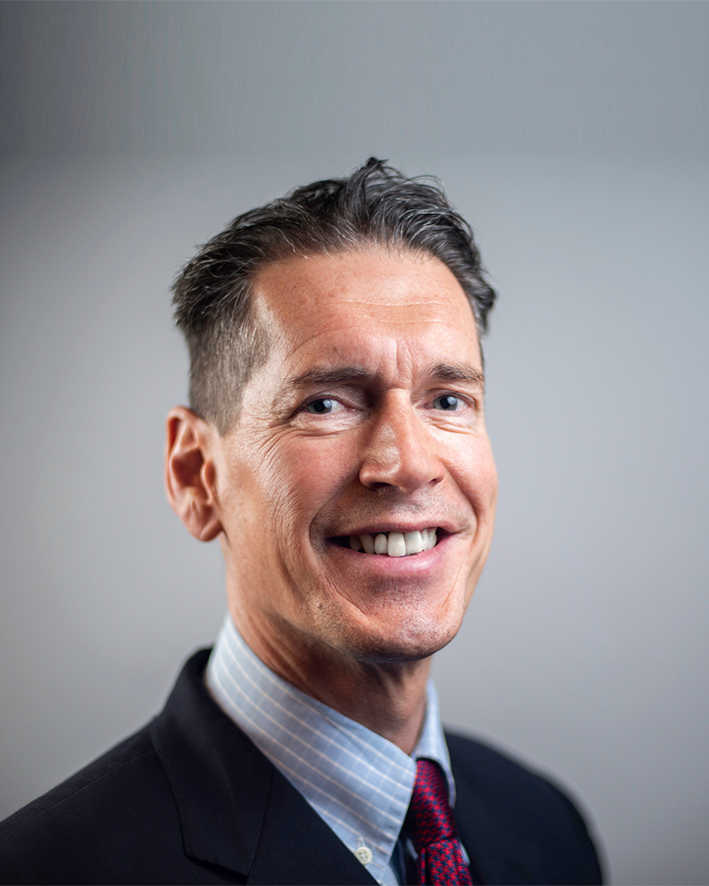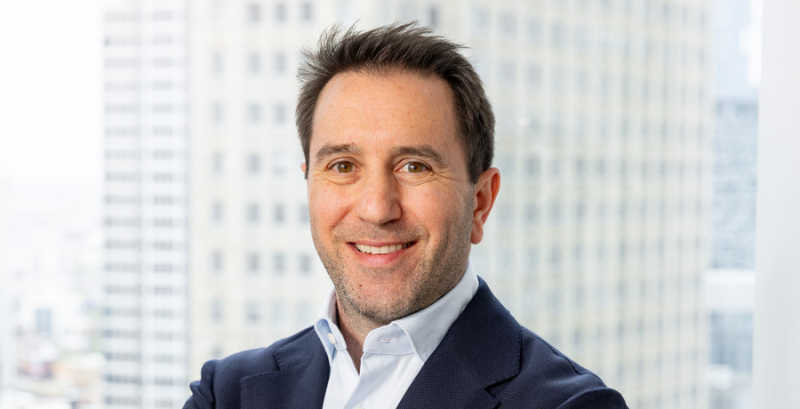Standards leadership is fundamental to Sisvel’s success
Senior patent engineer and standardisation expert Sofia Massascusa explains the benefits of her work as an ETSI group vice chair
One of the things that sets Sisvel apart as a patent pool administrator is that our competency in standards goes well beyond SEP licensing. An integral part of the business is the Sisvel Tech organisation based in None, just outside Turin. It is home to a group of technical experts who are totally immersed in both the technologies behind our pools and the standard-setting process itself.
One of those experts is senior patent engineer Sofia Massascusa, who joined Sisvel Tech in 2022 and focuses on telecommunications with a specialty in security and embedded systems. She also serves as a vice chair for an ETSI committee related to secure element technology.
In this conversation, Sofia takes us inside the standardisation process and explains why Sisvel is an active participant in this work.
Sofia Massascusa, Senior Patent Engineer, Sisvel Technology
Tell us about your background as a telecoms engineer.
I’ve been working in the telecommunications sector for over 20 years focusing on software and operating system development for the mobile industry. During my career, I have been a delegate in several standards development organisations (SDOs). I’ve been involved especially with ETSI and 3GPP, focusing on secure element technology.
What is secure element technology?
A secure element is a hardware component that protects sensitive data and performs cryptographic operations in a device. It is physically isolated from the main processor and has its own operating system, memory and security protocols, making it resistant to potential attacks. A common example of a secure element in a mobile device is the SIM card, which enables a secure connection to the network and validates the identity of each device to the network operator.
But your role with Sisvel Tech deals more broadly with cellular technology, right?
Yes, I’m part of the 3GPP Group at Sisvel Tech. We manage every kind of technology in the sector, and while we do have some patents in our programmes related to SIM card communications, that’s just one part of the story. We cover most of the network layers in 3GPP, as well as different fields from 5G networks to cellular IoT to satellite technology. We deal with all these technologies through the patents that we host in our programmes.
In general, we try to train the whole group on the full complexity of the technology, because we don’t know in advance what kind of patents we will need to deal with. We try to train ourselves very deeply, even on technologies not strictly related to 3GPP, so that we can understand the aim of any patent in the area. Of course, part of that training process involves following closely what is happening in the relevant SDOs.
What’s the nature and purpose of Sisvel’s involvement in SDOs?
Sisvel is a full regular member of SDOs like ETSI, so we participate just like any other member alongside tech companies, universities, research institutes and so on. We pay close attention to what’s happening in bodies including 3GPP, IEEE, MPEG and DVB, all of which are related to licensing programmes we operate.
The primary aim is for Sisvel Tech to be aware of all the announcements and developments in the SDOs that are relevant to our programmes. This helps ensure that we understand the technologies that come across our desk daily. But the deeper reason for following the standardisation work is to understand where the market is going, and what kind of products and features will become a reality several years in the future. This gives us a lot of strategic insight we can contribute to the business.
Can you tell us about the specific SDO groups you work with?
Members of the Sisvel team are involved in various groups related to their expertise. Personally, I represent Sisvel Tech as a vice chair of the SET REQ committee within ETSI. SET REQ is the requirements group that defines the use cases for secure element technology. These requirements are forwarded to SET TEC, the technical group charged with implementing them. A third group, SET TEST, is focused on creating the official tests for ensuring products are compliant. A plenary meeting collects the results of these three subgroups and gives final approval to all the documentation produced.
Sofia Massascusa (second from left) with the ETSI SET REQ committee in Turin
What are the hot topics right now in the world of secure element technology?
The nature of the SIM card is changing. As you may be aware, a new form factor known as ‘embedded SIM’ or eSIM has become more prevalent in certain geographies. For a variety of technical and political reasons, this was the subject of a long battle in ETSI and GSMA; network operators resisted the change because it shifts control of the SIM to the device maker and means that the customer can switch subscriptions without swapping out their physical SIM card.
Looking ahead, the strongest advocates for eSIM, namely Apple and Qualcomm, are now pushing for integrated SIM or iSIM. The difference is that while an eSIM is still an independent component that is physically soldered into the device, an iSIM would be fully integrated with the rest of the electronics of the smartphone in a borderless way.
All these developments raise plenty of issues for our groups to discuss, such as how to manage network subscriptions digitally and virtually. We also need to collaborate closely with other groups within 3GPP because we have to account for how the network communicates with these modules.
What role do patents play in the group discussions?
Patents are always the first topic, because ETSI officials are obliged to begin each meeting by loudly reading out the IPR policy. Recently we have been asked to recite it a second time at the end of each meeting as well.
Each group tries to create the best specification possible for the technology it is working on. Some players do come into the standardisation process hoping to secure the inclusion of technologies they have already developed and filed patents for. It’s not always easy to achieve a balance, but ETSI and 3GPP operate with a rule of unanimous consensus. That means even a very small player can voice an objection to the inclusion of any contribution and can oblige the group to vote.
What are your duties as a vice chair for two ETSI committees?
Chairs and vice chairs are known as ETSI officials. They are not ETSI employees, but volunteers from member organisations. The chair is the moderator of the group’s meetings. The moderator has to be someone who is really fair and will not push the solutions that are favoured by their own company. That means sometimes the chair needs to remove their chair hat and wear their member hat to advocate a specific position. When that happens, the vice chair will step into the moderator role. So, they are essentially interchangeable.
In addition, there is a lot of administrative work that goes along with the chair role, and the vice chair provides support with that. Together, the chair and vice chair set the meetings calendar, manage the work item documents, and oversee the maintenance of the specification, ensuring that the text reflects all the changes that get approved by the group during plenary meetings.
ETSI SET REQ committee meeting organised by Sisvel in Turin
That sounds like a significant investment of time and effort. Can you talk about the benefits it brings to Sisvel?
As discussed earlier, standards participation is crucial for maintaining a good working knowledge of the technologies that Sisvel Tech deals with. ETSI officials – chairs and vice chairs – are the first to be informed about all matters related to the technologies they manage. There are special meetings in which ETSI informs officials about future work plans, so it provides an opportunity to be an insider in a particular technical area.
Visibility is another important aspect. As the chair or vice chair, everyone in the group knows you and communicates with you. It creates many opportunities for networking, knowledge sharing, offline discussions and so forth. This is especially valuable to a company like Sisvel that is not well known to everyone that participates in standardisation. It also allows us to get to know smaller entities that are active in standards-setting. Our patent pool programmes can add a lot of value for smaller players that lack the resources of an in-house patent and licensing department. Making these connections is another key reason why we participate.
To share one example, we recently hosted the December meeting of the SET REQ and SET TEC groups in Turin. We’re an active participant in Turin’s thriving innovation ecosystem, and we hosted the meeting at OGR, which is an incubator that is attracting local and international companies to invest in AI and other areas. Hosting these meetings was a great chance to connect with delegates while giving them a chance to learn more about Sisvel and what we do.
So, there are many different benefits, not all of which are immediately visible.
How will Sisvel’s involvement in standards bodies evolve in the future?
I would say there is a strong recognition within the company, starting from the top levels of management, that our participation in standards bodies is directly linked to our success in operating SEP licensing programmes.
There is also a vision to develop a group within Sisvel that can contribute to standards, essentially shifting our role from auditor to innovator in certain areas. This is a long-term aspiration that would build on our strengths around technology, standards and licensing.
Quickfire…
What’s a typical weekend activity for you?
Too many :D, too many hobbies! My weekends are a mix of studying bass guitar, studying singing, staying active with some sports, catching a good movie at cinema or a theatre show, sneaking in a day trip when I can, reading books (I really love reading), and of course, hanging out with my friends, especially looking for live music.
What should someone with a free day in Turin make sure they see, do and eat?
I've been living in Turin for just two years, and it's truly a wonderful city. If you only have one day, I suggest taking a walk through the historic city centre to enjoy its stunning historic architecture, admire the beautiful “Liberty” style architecture, and, above all, visit the magnificent covered galleries: Galleria Subalpina, Galleria Umberto I, and Galleria San Federico. As for food, Piedmontese cuisine is fantastic, but I highly recommend trying the local chocolate — it's exceptional. From “gianduiotti” to “cri cri”, a tasting tour of iconic brands like Gobino, Ziccat and Domori is strongly suggested.
Where is your favourite holiday destination?
I really love the sea, but what matters most to me on vacation is discovery. I enjoy immersing myself in places I haven't explored yet, experiencing different cultures, and adding a touch of adventure.
What’s the most memorable live performance you’ve witnessed?
I could list many concerts, like the one by Coldplay, full of incredible light shows, but the performance that impressed me the most is definitely the Cirque du Soleil show in Las Vegas.
What’s your favourite TV series?
I'm absolutely passionate about TV series and I enjoy many different genres, but if I have to answer on the spot, there are two that truly captivated me: Friends and The Big Bang Theory.
What’s the best piece of professional advice you’ve received?
In professional life, there are always challenging moments. I personally went through a particularly difficult one due to personal issues that greatly affected my performance one year. In a conversation with my HR manager at the time, I received what felt more like a life lesson than just advice: to always look at things from different perspectives, and to focus on the results achieved despite the adversities.
